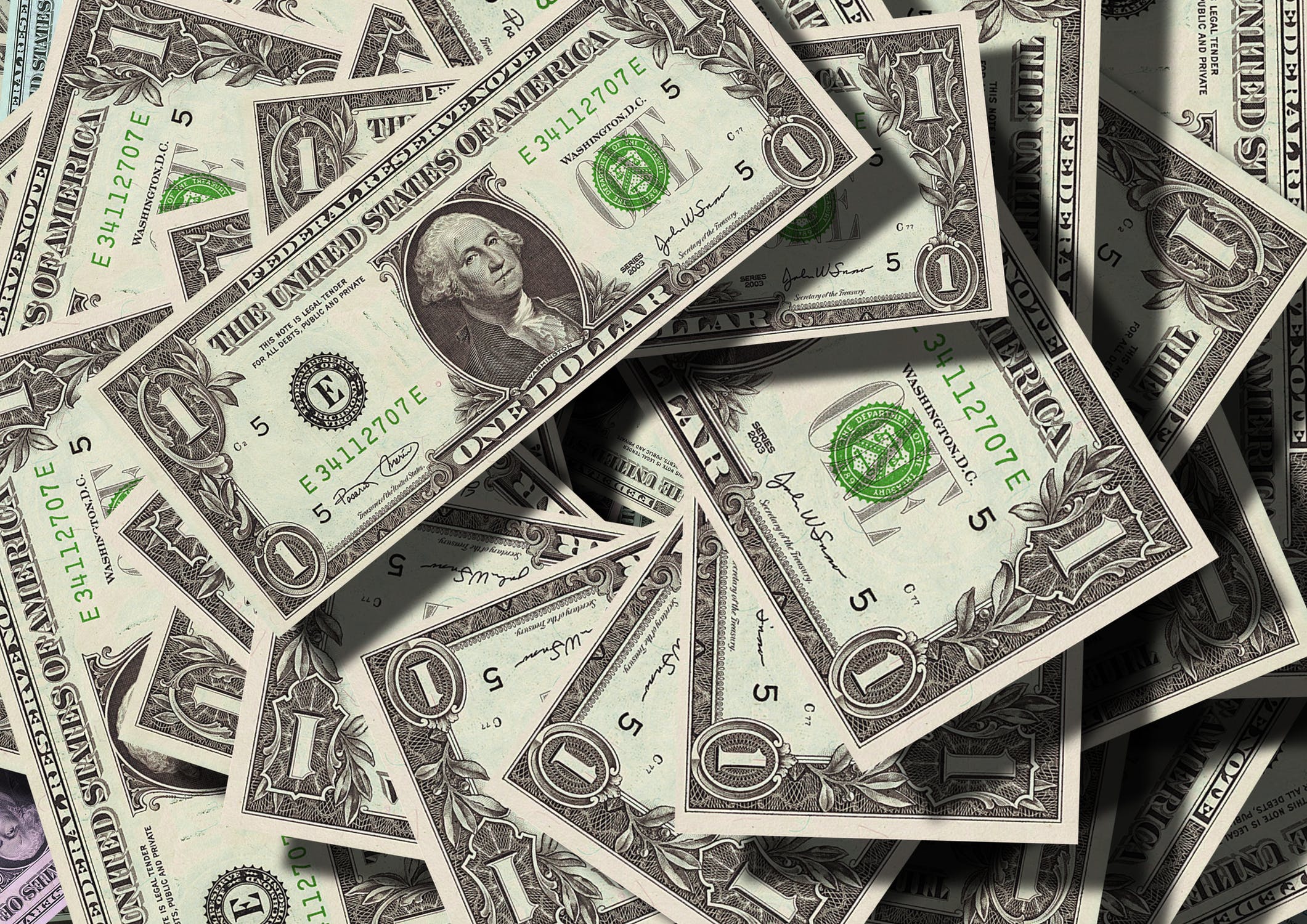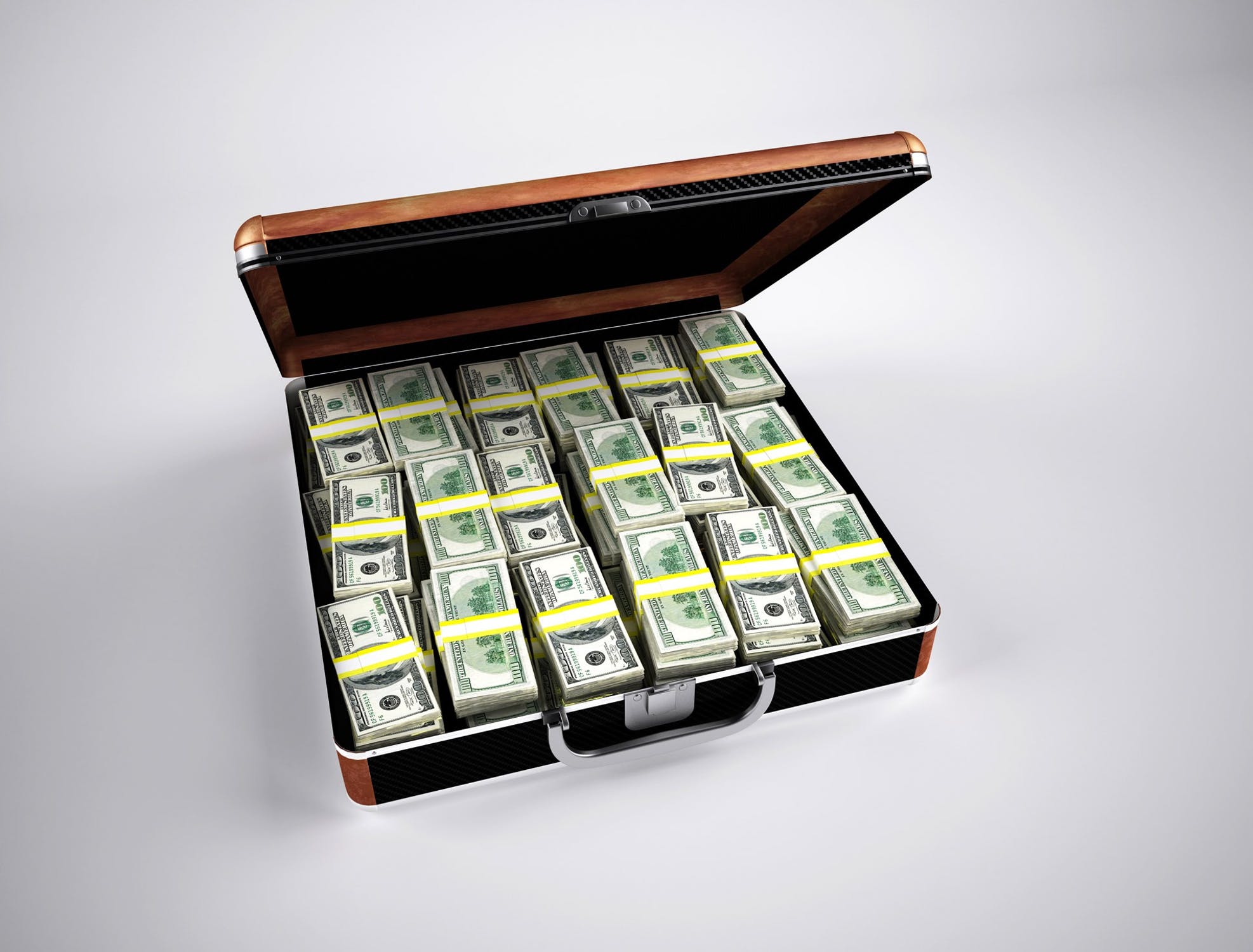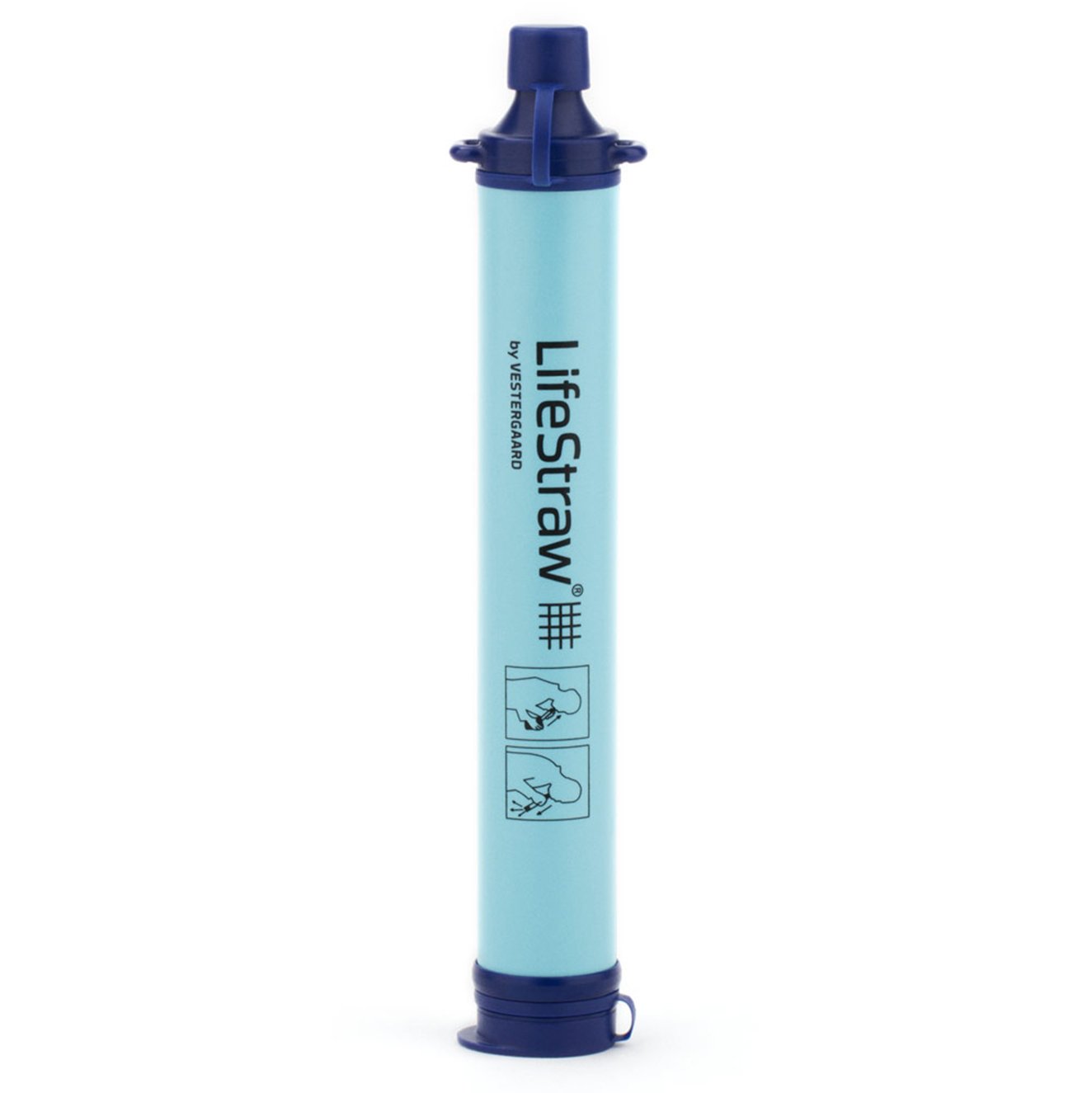Emergency savings are resource built with the intent to be tapped into and consumed in times of crisis.
Over 50% of millennials have less than $1000 in easily accessible savings. Is this you?
If it isn’t, perfect! Read on to find 6 methods below, one or more of which you might find best suited to your growing stash…Or you can move on to reading the next post in this series called “The Emergency Ladder“.
If this IS you, however, there’s no need to fret! It’s never too late to start, this post will serve as a motivation springboard and guideline to point you towards emergency savings success. I’ll be going into depth about emergency savings, why you need them, how to build them, how to make your new emergency savings go further and guide you to reach your savings goal sooner.
As I mentioned, I also have 6 rather unique models for your emergency savings which will make them go further and be a better tool for you in your financial journey.
Why?
Emergency savings are the backbone to your financial survival. They allow you to withstand a financial crisis, perhaps losing your primary income, having some form of substantial damage to your home, a medical emergency or other horrible tragedies.
Having money tucked away for a rainy day can help you avoid going back into debt, it can keep you afloat in a time of strife, but most of all it makes you financially resilient. They can be the difference between liquidating your investments or holding them long term. Think along the lines of the story of The Cricket and The Ant.
Building Emergency Savings

Every Dollar Counts
It’s all well and true to say how great they are…but where do you even begin to build emergency savings?
Well first, it isn’t going to matter much if you’re swamped in high-interest debt. In this instance, you’re best off reducing that debt asap. your emergency funds will need to be much larger if you have to service debt as well. Worst case, you can go back into debt if you get stuck. It’s a risk, yeah but if you’re already in an out of control debt spiral, you need to break it asap.
But barring debt, where do you start? First, you need to make sure you reduce expenses as much as possible, well you should do this regardless of your situation anyway. I’ll make a post in the future regarding reducing expenses, but for now, let’s keep it simple. Dropping your expenses as much as is possible is the first step to building an excess of cash and thus starting your emergency savings.
If you’re really struggling, then it’s time to make some significant sacrifices, get on the ramen noodle diet, maybe Airbnb out your place and sleep in your car when it’s rented. Do whatever it takes, & provide value to other people.
Beyond this, you need to increase your income. Side hustle, build your businesses revenue, work more hours in your job, pick up an extra job if you feel you can handle it. Whatever it takes to achieve as much income as you can. Again I won’t go into the specifics.
This should, within reason, generate an excess cash flow you can begin to tuck away for your emergency savings.
Savings Goal
Here’s the beauty of reducing expenses. This gives you a level at which to set for your emergency fund. These are the expenses you need to just scrape by. Heck, if you were desperate, you could base it off living in your car, maybe not the best idea if you have a family, but arguably ‘passable’ if you’re a single individual.
You need to set a savings goal and stick to it. Make it a challenge, like a game, and try to beat it each month. The more you are able to build early on, the better off you’ll be in the long run, and more secure you’ll feel.
One quote I lik eis your want to “live off the interest and invest the principle”. Now obviously this isn’t possible if you’re low on principle to begin with. But, if you imagine what your interest on your income would be, then try to get as close to as possible, you have a challenge to meet and beat. Say you made $500 a week. Then aim for $50 – at least for living expenses, obviously mortgage or rent payments would be non negotiable here.
Start your savings goal small. Even a tiny amount like $100 or $500 is going to give you a significant buffer against a lot of things that would otherwise send you back into debt. It definitely beats nothing.
Once you have some padding, you need to establish the bare minimum you need to survive each month and your time frame, plus say 10-20% margin of safety. so for argument’s sake, and to keep the maths simple, say you needed $1000 a month, including your margin of safety to survive.
If you were able to save $500 a month, then every 2 months would let you survive without income for 1 month in a worst-case scenario.
How Much?

This may be a little overkill…Or is it? Yeah ok it is.
Now you need to determine how much time you need to get back on your feet, and this is going to be all personal preference.
For most folks, 6 months will probably be ample for emergency savings. But for others, this may not seem enough.
Say you had a serious injury, and you needed a year to recover, that would mean a 12-month fund would be better.
To work this out, you need to know your mortgage payment or rent, your minimum food expenses, minimum utilities & phone expenses, insurance payment, car expenses. You then add all these up and multiply them by 1.2, or add 20% and that is how much you need. This additional 20% is your margin of safety. You could even round this up to the nearest 100 to keep things simple and easy.
Remember also that it won’t be emergency savings just to survive off of, you may need them to cover unexpected expenses. So basing it purely off how long you need to survive isn’t always the right approach.
Either work out double what you need to survive at a minimum or factor in a large unexpected expense based on a worst case scenario. Make this an amount you hold in a high-interest saving account no matter what and only use it in the direst of circumstances.
It can also pay to have some cash on hand. We keep a small amount of physical cash, and I always carry a 20 or two on me at all times. We had our EFTPOS system go down countrywide and it felt pretty cool to be one of the only people with cash enough to get gas when I needed it.
6 Types of Funds
Something a lot of people don’t consider is the fact that emergency funds don’t have to take the form of raw savings. There are actually other ways you can deploy your capital. And other ways you can prepare for an emergency too. I’ll go into a few ideas and approaches below. This isn’t an exhaustive list, feel free to contribute your own in the comments section.
The Insurance Policy
The insurance policy approach. It really is as simple as it sounds. You simply pay an insurance company for a policy that will protect you in times of emergency. This is a must for most folks in my opinion. This suddenly means you only need funds to survive on while you recover, vs having to tap into your emergency funds for hospital bills, debts-gone-wrong, and other such incidences.
I’ll reiterate that: Having insurance isn’t to say you shouldn’t keep some cash aside, but insurance can protect you against the unforseen that life often presents.
Having protection like this can reduce the required size of your fund rather significantly, giving you a better safety net to protect you and your family. Just make sure you read the fine print.
Emergency Ladder
Next up is the method I recommend to friends and family that ask. This I call the emergency ladder.
I have a full post on this fund type. But for a brief overview, you basically take your entire amount of your emergency fund, break it into equal amounts, for the number of months you expect it to last, and lock it into a CD(Certificate of Deposit, aka Term Deposit) each month for as many months as you expect it to last, with a maturity of the same length.
At the end of this cycle, provided you don’t need the funds, you simply recycle the funds back into a fresh CD for the same length of time. If you feel you need more added, you simply add more, otherwise, you leave it to recycle the interest back in. This will typically mean your fund becomes immune to inflation, maybe with a little growth if you’re lucky.
Savings Account
The savings account is the simplest type of fund. You put your emergency savings in a high-interest savings account and leave them there until you need them. Though simple, it’s not going to give you the optimal return. But that’s not what emergency savings are for, really. This is the approach best suited to most people.
Tangibles
Lifestraws Are Kind of Awesome (clickable) Lifestraws on Amazon
Lifestraws on Amazon
An old friend of mine came from South Africa wearing dozens of rings and necklaces, his wife adorned in a similar fashion. Upon his arrival to NZ, he then pawned these in order to get some capital to start his new life here. Which I found…rather fascinating. I do believe it was rather hard to get your money out of the country at the time, it could very well still be for all I know.
There’s also the option of keeping goods you may need on hand. Always having several kilos of rice, flour, a good stash of canned goods, drinking water and other basic necessities will help extend how long you can survive without necessarily needing to tap into financial resources.
This is one tactic I do actually use. We have a decent stash of canned food, a few hundred liters of water(and lifestraws, which are infinitely more handy and compact), plus kilos of flour, rice, oil, pasta and dry legumes always on hand. Both for the sake of bulk buying, which is significantly cheaper, and for ‘worst case scenarions. If anything were to go wrong(financial or otherwise), we have access to these things we need(food and water), no matter how you cut it.
Do remember emergencies aren’t always going to be able to be solved by throwing money at the problem.
The Well
The Well is essentially a method where you take a rather large amount of capital and put it into income-producing assets, that throw off enough income for you to live off of at a bare minimum.
This may be dividend stocks, CDs, bonds real estate, Airbnb rentals, a business, whatever. BUT typically the more consistent and flat, the better.
This way you create a stream of emergency income, and if you don’t need it, you’re still getting a half decent return that gets reinvested back into the same or other assets.
The Windmill

This Guy Gets It
The Windmill method is what you would expect, a stoic structure that can produce results as long as the wind is blowing. That wind is you. If you have drive and ingenuity, then nothing can stop you from producing more capital from nothing and building a new pile of capital and income stream.
It might mean you start picking up cans, then start flipping from thrift stores and eventually buy a hotdog cart only to flip it and start a lawn mowing run, which you flip into a coffee stand, flip into a cafe and get back on your feet, but whatever you do, you are your own emergency fund.
The problem here is that if you break both your arms, shatter one knee, lose a leg, poke an eye out and your right nipple falls off, you aren’t going to be able to pick up very many cans. So even if you think you’re invincible now, I can assure you, everybody bleeds, and we all make mistakes. Always keep some resources on hand, so no matter what, you can get by is you really need to.
And yeah, knowing some of the horrible tragedies that may befall you, it may pay to take the insurance approach too.
Emergency Funds
No matter what your situation, you need an emergency fund. This will make you financially resilient, able to brave the dangers, traps, and pitfalls of the adult world. So what do you reckon? Are you going to start building your fund or maybe you already have one? Let me know in the comments below, and it’d be cool to know what you’re tucking it away in.
Thanks for Reading. Yours,







